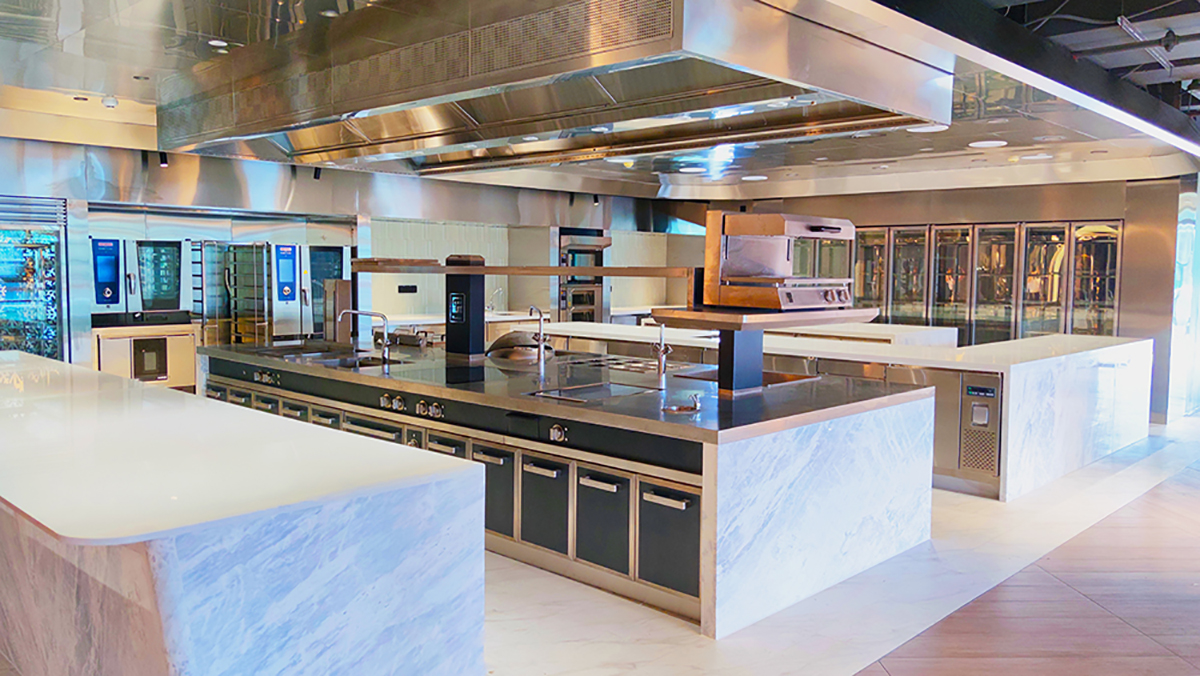Designing a commercial kitchen for social institutions, such as schools, hospitals, and community centers, requires careful consideration of various factors to ensure the kitchen is both functional and efficient.
What is the meaning of commerci Social Institutional kitchen? | A Comprehensive Design Guide
Designing a commercial kitchen for social institutions, such as schools, hospitals, elderly care facilities, and community centers, requires careful consideration of various factors to ensure the kitchen is both functional and efficient. These kitchens must meet specific needs related to high-volume cooking, dietary restrictions, safety, and sanitation while staying within budget constraints. This guide will explore the critical issues to consider when designing a commercial kitchen for social institutions and recommend essential equipment based on our professional experience!
Key Considerations for Designing a Commercial Kitchen in Social Institutions
1. Volume and Capacity
• Consideration: Social institutions often serve large numbers of people, sometimes with multiple meals a day. The kitchen must be capable of handling this volume efficiently without compromising food quality.
• Recommendation: Choose high-capacity appliances, such as large-scale ovens, steamers, and dishwashers. Ensure the layout allows for smooth workflow to prevent bottlenecks during peak times.
2. Dietary Requirements
• Consideration: Social institutions frequently cater to diverse dietary needs, including allergies, medical diets, and cultural preferences.
• Recommendation: Designate specific areas and equipment for preparing different types of meals to prevent cross-contamination. Consider using separate refrigerators, cutting boards, and utensils for allergen-free and special diet preparations.
3. Safety and Compliance
• Consideration: Compliance with food safety regulations is crucial. Social institutions must adhere to strict guidelines to ensure the health and safety of their populations.
• Recommendation: Invest in equipment with built-in safety features, such as temperature controls and monitoring systems. Ensure the kitchen layout meets local health and safety codes, including proper ventilation, fire suppression systems, and easily sanitized surfaces.
4. Efficiency and Workflow
• Consideration: An efficient workflow minimizes the time and effort required to prepare, cook, and serve meals. This is especially important in institutions where timely meal delivery is essential.
• Recommendation: Utilize a flow-through design where food moves seamlessly from storage to preparation, cooking, and serving areas. Consider installing conveyor belts or automated systems for transporting food and dishes.
5. Budget Constraints
• Consideration: Many social institutions operate under tight budgets, requiring a careful balance between cost and quality when selecting kitchen equipment.
• Recommendation: Prioritize essential equipment and look for multi-functional appliances that can perform multiple tasks. Explore energy-efficient models that reduce long-term operating costs.
6. Sustainability
• Consideration: With growing awareness of environmental issues, social institutions are increasingly focused on sustainability in their operations.
• Recommendation: Incorporate energy-efficient appliances, water-saving devices, and waste-reduction systems. Consider using equipment made from recyclable materials and investing in a comprehensive waste management system.
7. Flexibility and Adaptability
• Consideration: Social institutions may need to adjust their operations based on changing needs, such as during emergencies or when accommodating different population sizes.
• Recommendation: Choose modular equipment that can be easily reconfigured or moved. Invest in portable cooking stations or mobile refrigeration units that can be deployed as needed.
Essential Commercial Kitchen Equipment for Social Institutions
Based on recent data and trends in commercial kitchen design for social institutions, the following equipment is highly recommended:
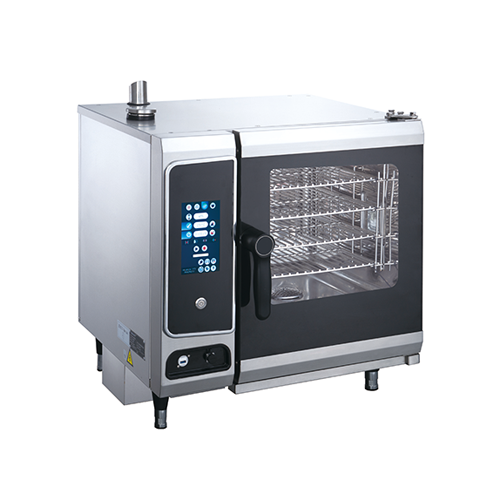
Versatile and efficient, these ovens can steam, bake, roast, and grill, making them ideal for preparing a wide range of meals in large quantities.

Large refrigerators and freezers are essential for storing bulk ingredients, including those for special diets. Look for energy-efficient models to reduce operating costs.
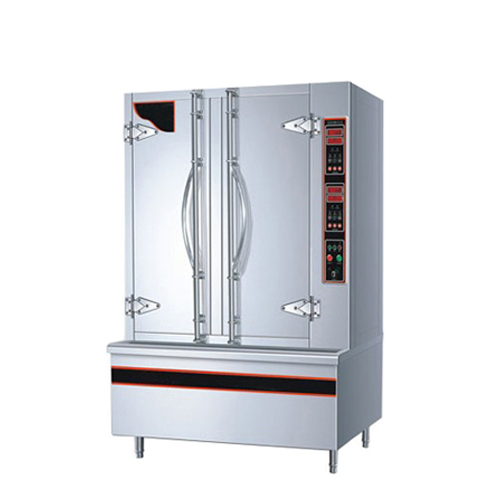
Steamers are excellent for cooking large quantities of vegetables, rice, and other items quickly and healthily, preserving nutrients and flavor.
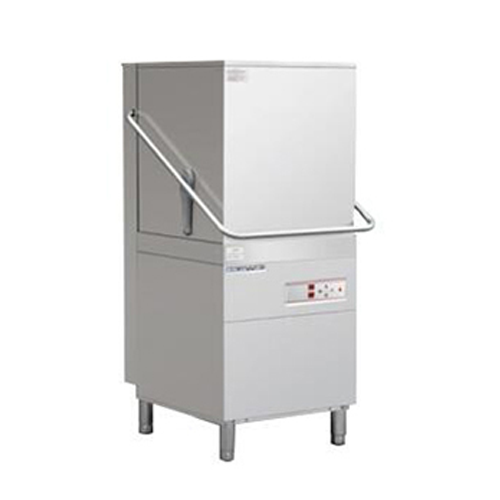
High-capacity, fast-cycle dishwashers are crucial for maintaining cleanliness in high-volume settings. Choose models with energy and water-saving features.
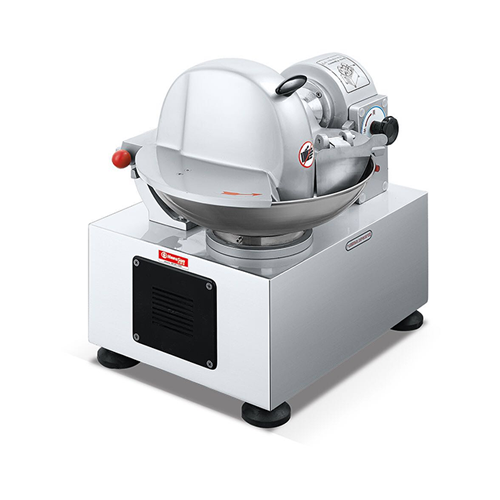
Essential for preparing large batches of dough, sauces, and other items. These machines save time and reduce manual labor.

Separate stations for preparing different types of meals help prevent cross-contamination and streamline operations.
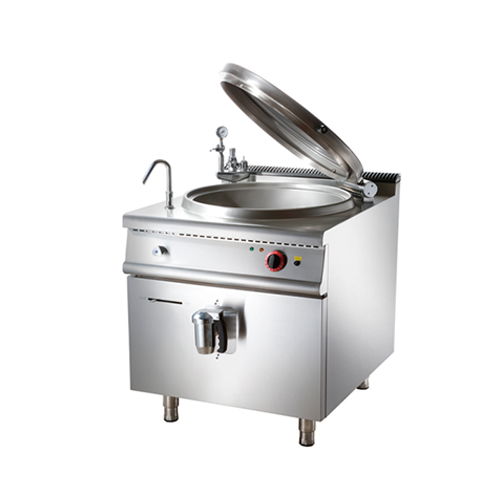
Equipment like programmable rice cookers, fryers, and soup kettles can save time and ensure consistent results, which is vital in a busy institutional kitchen.
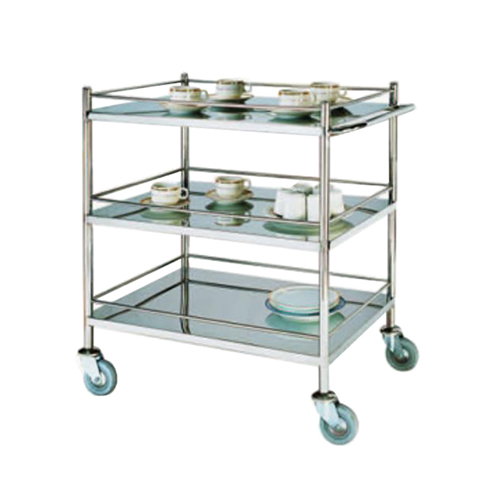
These are useful for transporting food to different areas of the institution, especially in large facilities like hospitals or nursing homes.
How Social Institutions Maintain Kitchen Equipment
Maintenance of kitchen equipment is a necessary part of a commercial kitchen's daily routine, and it's something we can't afford to ignore if we want our equipment to last!
1. Regular Cleaning and Sanitization
• Practice: Social institutions implement strict cleaning and sanitization protocols to ensure kitchen equipment remains hygienic and operational. Daily cleanings focus on surfaces and commonly used parts, while more in-depth cleaning, including internal components, is performed weekly or monthly.
• Importance: Regular cleaning not only prevents contamination but also extends the lifespan of the equipment, ensuring it remains efficient and safe to use.
2. Preventive Maintenance
• Practice: Preventive maintenance involves scheduled inspections and servicing to avoid equipment failures. Social institutions often collaborate with service providers for routine checks, such as inspecting and replacing filters, calibrating temperature controls, and ensuring all mechanical parts are functioning correctly.
• Importance: This approach reduces the risk of unexpected breakdowns, maintains operational efficiency, and helps manage repair costs over time.
3. Staff Training
• Practice: Ensuring that staff are properly trained in the use and maintenance of kitchen equipment is crucial. This includes understanding how to operate machinery correctly, recognizing early signs of malfunction, and performing basic troubleshooting.
• Importance: Well-trained staff can prevent misuse of equipment, reduce wear and tear, and handle minor issues before they escalate into major problems.
Designing a commercial kitchen for social institutions requires a thoughtful approach that balances functionality, efficiency, safety, and budget. If you want to run a commercial kitchen in a social institution and you still struggle to buy good kitchen equipment or worry about how to design a kitchen that fits your imagination, you can consider contacting us! There are some services we could promise to provide to you!
- Company Advantage
![What is the meaning of commerci Social Institutional kitchen? | A Comprehensive Design Guide 9]()
![What is the meaning of commerci Social Institutional kitchen? | A Comprehensive Design Guide 10]()
![What is the meaning of commerci Social Institutional kitchen? | A Comprehensive Design Guide 11]() 20 years of experience in commercial kitchen equipment
20 years of experience in commercial kitchen equipment![What is the meaning of commerci Social Institutional kitchen? | A Comprehensive Design Guide 12]()
![What is the meaning of commerci Social Institutional kitchen? | A Comprehensive Design Guide 13]() DESIGN & CONSULTANCY
DESIGN & CONSULTANCY![What is the meaning of commerci Social Institutional kitchen? | A Comprehensive Design Guide 14]()
![What is the meaning of commerci Social Institutional kitchen? | A Comprehensive Design Guide 15]() MEP ENGINEERING SERVICES
MEP ENGINEERING SERVICES![What is the meaning of commerci Social Institutional kitchen? | A Comprehensive Design Guide 16]()
![What is the meaning of commerci Social Institutional kitchen? | A Comprehensive Design Guide 17]() KITCHEN & LAUNDRY EQUIPMENT SUPPLY
KITCHEN & LAUNDRY EQUIPMENT SUPPLY![What is the meaning of commerci Social Institutional kitchen? | A Comprehensive Design Guide 18]()
![What is the meaning of commerci Social Institutional kitchen? | A Comprehensive Design Guide 19]() INSTALLATION & COMMISSIONING
INSTALLATION & COMMISSIONING

Since Shinelong was established in Guangzhou in 2008, we have made great strides in the fields of commercial kitchen planning and kitchen equipment manufacturing.
IF YOU HAVE ANY QUESTION,PLEASE CONTACT US.
WhatsApp: +8618902337180
WeChat: +8618924185248
Telephone: +8618924185248
Fax: +86 20 34709972
Email: info@chinashinelong.com
After-Sales Contact
Telephone: +8618998818517
Email: service@chinashinelong.com
Add: No. 1 Headquarters Center, Tian An Hi-tech Ecological Park, Panyu Avenue, Guangzhou, China.



















